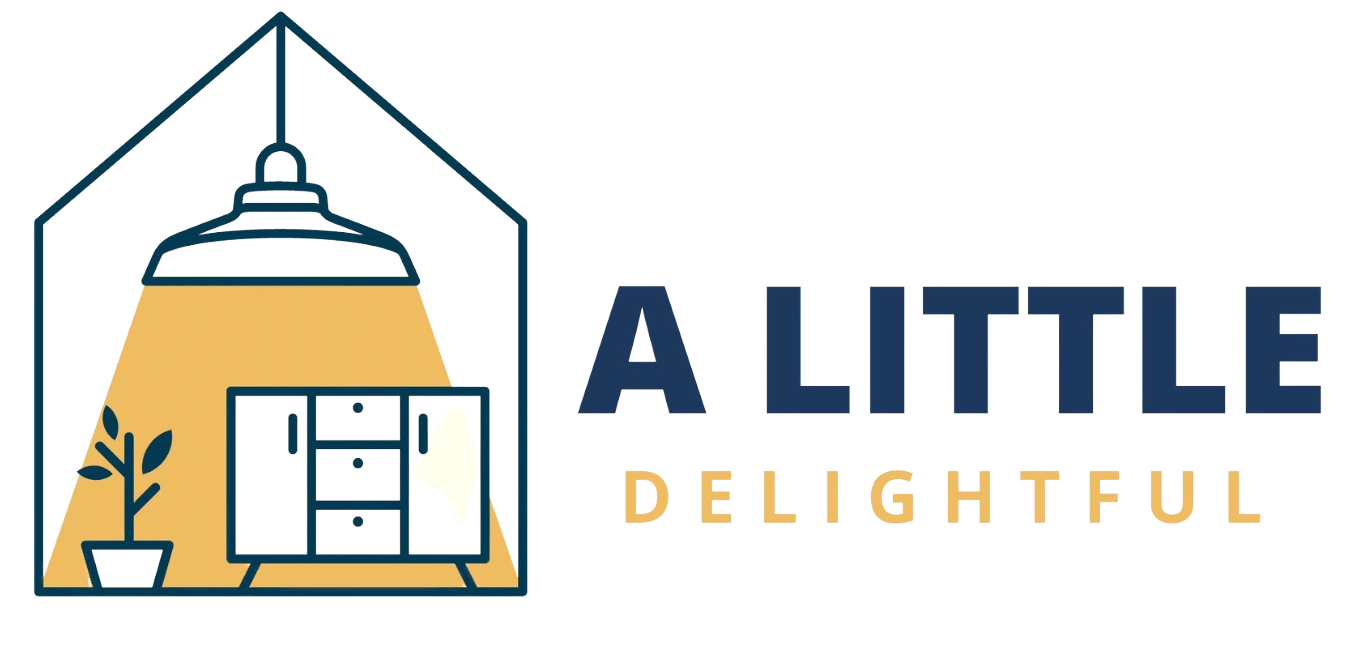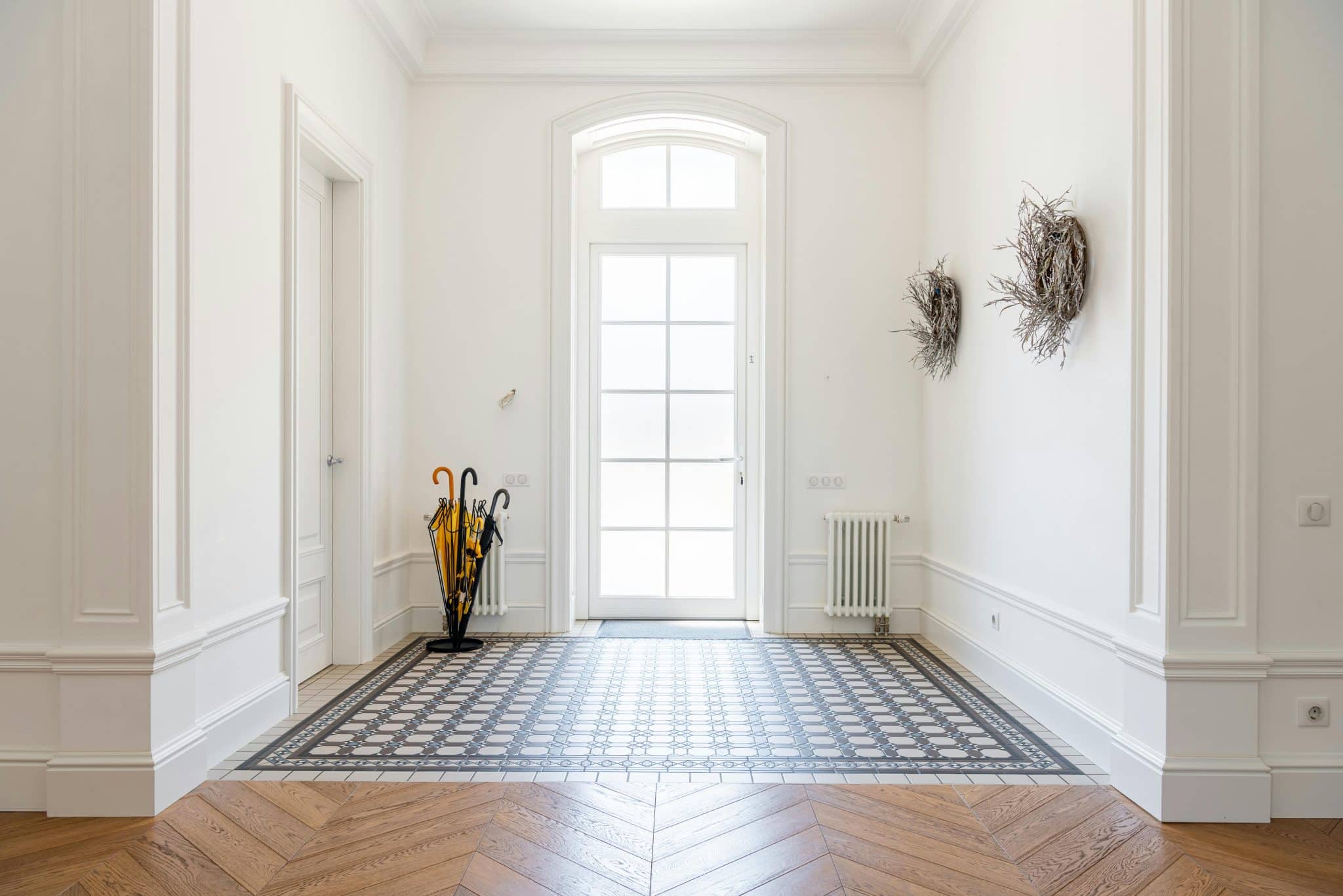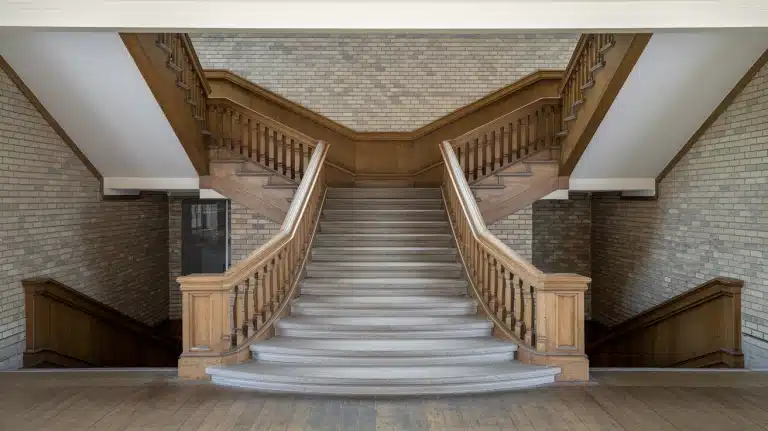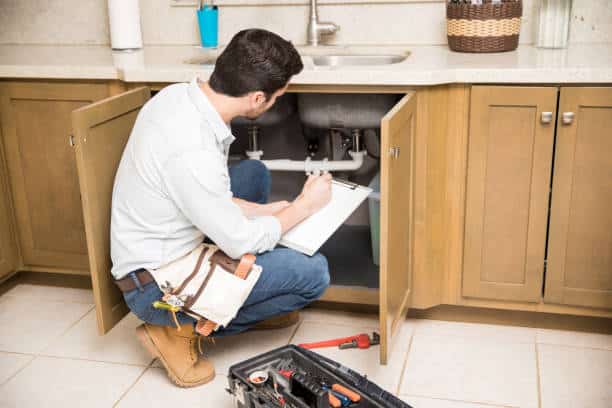Calm Starts at the Threshold: Entryway Cues That Stick
The first few feet inside your front door have a significant impact on how the rest of your day unfolds. If that space feels noisy, cluttered, or unsettled, it’s easy for your mind to mirror the same chaos. When it feels light, calm, and intentional, you step into a different rhythm altogether.
Small environmental cues, such as light, sound, and airflow, subtly guide habits every time you enter or leave. With a little attention to this transition zone, the entryway becomes more than a pass-through. It can be a gentle reminder to reset, pause, and move forward with ease.
Why Your Threshold Shapes Your State of Mind
The first steps into a home are powerful. They set the tone for how the rest of the space will feel, whether it’s calm and grounding or cluttered and distracting. Psychologists refer to these signals as cues: small environmental details that subtly shape your mood and routine. A draft sneaking under the door, dim lighting, or a crowded floor can all send the wrong message.
Shifting those cues might mean changing a bulb or quieting a latch. Sometimes it means a larger update, such as entry door installation that reduces noise and keeps the temperature steady. Either way, the result is a threshold that feels intentional and welcoming.
Light & Sightlines: What You See First Matters Most
The first glance into a home shapes your impression of it. When the entry is dim or crowded, the space feels busier than it is. When it’s bright and open, calm is easier to maintain. Light and sightlines work together as subtle cues that guide your state of mind from the start.
Check what’s directly in view when the door opens. A clear floor, a single plant, or a small tray creates focus instead of clutter. Daylight can help too. Narrow sidelights, frosted glass, or a high transom allow natural light to enter while preserving privacy. Even a pale wall color or a reflective surface can bounce brightness into the space, making it feel more welcoming.
Sound & Temperature: Cut Sensory Clutter at the Door
Noise and drafts may seem small, but they send strong signals the moment you walk inside. A rattling hinge or a rush of cold air can feel like clutter in sensory form, unsettling before you’ve even set your bag down. Quieting these distractions makes the threshold feel steady and comfortable.
Start with the basics: a door sweep to block gaps, weatherstripping to soften noise, and a dense mat to absorb sound underfoot. According to the U.S. Department of Energy, simple updates in air sealing and weatherstripping can improve comfort while lowering energy use. Even these small steps reduce the sensory load and reinforce a calmer welcome.
Flow & Friction: Designing the Path of Least Resistance
The way your entry moves shapes the routines that follow. If the door blocks a walkway or storage is out of reach, the threshold becomes a natural drop zone. When movement feels easy, one motion to open, one to hang a bag, one to set down keys, clutter has less chance to pile up.
Notice how the door swings and where it comes to rest. A smooth handle, a well-placed hook, and a small tray within arm’s reach can create a seamless flow. Each detail lowers friction, making clear habits the default.
The 10-Minute Entry Reset
Even with thoughtful design, clutter will gather unless it’s cleared regularly. A quick reset at the end of the day or week helps the entry stay in sync with the rest of your home. Clear surfaces, straighten shoes, recycle or sort mail, and give the mat a quick shake.
Pairing these steps with a familiar cue, like turning on a lamp or closing the door for the evening, helps the reset become routine. For more inspiration, explore habits that support calm at home to see how small actions add up to lasting order.
Privacy Without Heaviness
Privacy at the threshold is important, but it doesn’t have to mean bulky blinds or heavy curtains. The goal is to soften the view without shutting out light. When privacy feels airy, the entryway stays open and calm rather than crowded.
Consider textured or frosted glass for subtle diffusion, or a slim interior shade that can be raised and lowered without fuss. Even a lightweight screen or a strategically placed planter can block direct views while keeping the space bright. Each option adds a layer of comfort while preserving simplicity.
Conclusion
Calm doesn’t start deep inside the home. It begins at the door, with small cues that shape how you feel when you step in. Light, sound, flow, and privacy are subtle signals that guide routines effortlessly. Adjusting even one of them can change the way your home welcomes you. Choose a single cue to focus on this week, and let it remind you that coming home can be a pause, not a rush.







